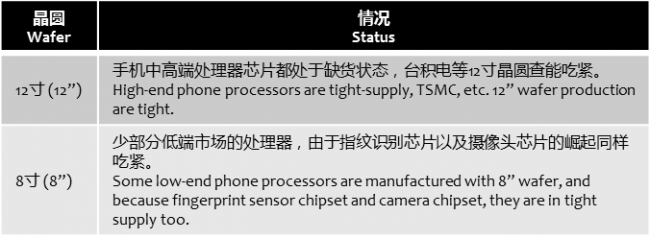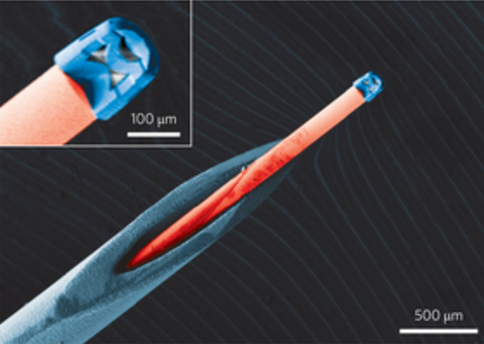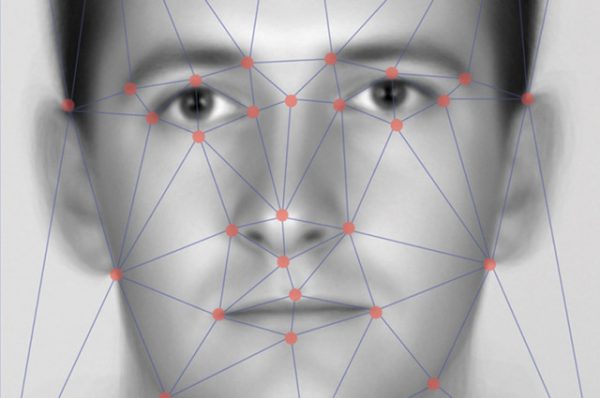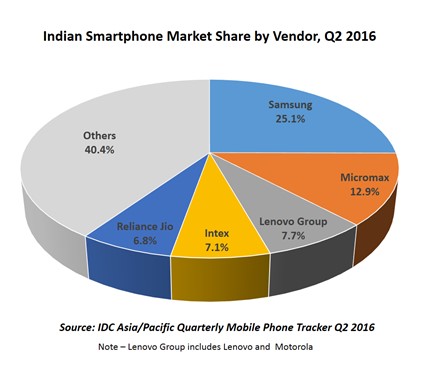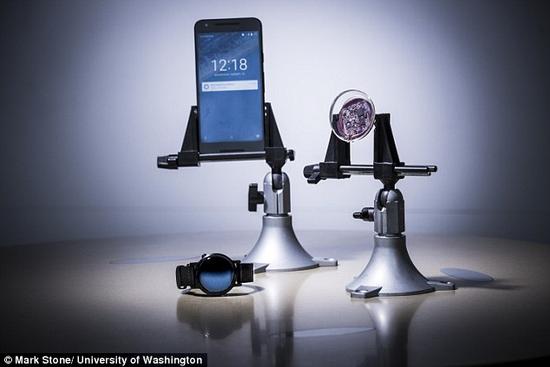
8-22: Renesas Electronics to acquire Intersil Corp; Mobile phone processors have been in tight-supply situation; 27.5 million units of smartphones shipped in India in 2Q16; etc.
|
Chipset |
| Japan’s Renesas Electronics Corp is in the final stages of negotiations to acquire U.S. chipmaker Intersil Corp for as much as JPY300 billion. (TechNews, Yahoo, Bloomberg, 4-Traders, Asia Nikkei) |
| Mobile phone processors have been in tight-supply situation, and because 3Q16 are peak season of new products launch, it will reportedly worsen the situation. (Toutiao, OfWeek) |
| GlobalFoundries is reportedly planning to skip the 10nm node altogether and move straight to 7nm right away. (TechNews, PC Perspective, eTekNix, Custom PC Review, TechPowerUp) |
|
Camera |
| University of Stuttgart has used 3D laser writing in order to create the minuscule triple lens camera. The compound lens is just 100µm wide, and 120µm with its casing. It can focus on images from a distance of 3.0mm. (CN Beta, Phys, 3D Print, Geek, OfWeek, EET China) |
|
Memory |
| Western Digital announced that it intends to use 3D Resistive RAM (ReRAM) as storage class memory (SCM) for its future special-purpose ultra-fast SSDs. (AnandTech, ZDNET) |
|
Sensory |
| SensFloor from Future Shape has a very thin layer of sensors is installed into the textiles, and radio signals send that data to a central data warehouse. (Digital Trends, Future Shape, Sina, 163) |
|
Biometrics |
| University of North Carolina has used a simple 3D model made from Facebook account, which is open for anyone, to trick the facial recognition successfully. They have created 3D models of the subjects’ faces, added facial animations, and slightly adjusted their eyes to look directly at the camera. (eTekNix, Wired, Digital Trends) |
| Harvard University and University of Vermont in the US have developed a machine learning program that correctly identified which Instagram users were clinically depressed with 70% accuracy, using only photographic details, such as color and brightness. (TechNews, Engadget, Peta Pixel, Mirror) |
|
Connectivity |
| This new “interscatter communication” developed by University of Washington in Seattle works by converting Bluetooth signals into Wi-Fi transmissions over the air. Using only reflections, an interscatter device such as a smart contact lens converts Bluetooth signals from a smartwatch into Wi-Fi transmissions that can be picked up by a smartphone. (CN Beta, Geek Wire, Technology, NDTV, University of Washington) |
|
Smartphones |
| According to IDC, Indian smartphone market revived after declining for 2 successive quarters by registering 27.5 million units of smartphones shipments in 2Q16, a 17.1 % growth on-quarter and a 3.7% growth on-year. Lenovo, Xiaomi and vivo are the main driving forces. (IDC, press, CN Beta) |
| LeEco has completed 3,142 patent applications in China in 1H16, which is a 1433% increase compared to last year. Currently LeEco has already built 15 patent portfolios including VR / AR, broadcasting technologies, CDLA, etc., covering nearly 1,300 patents. (Huanqiu, 10JQKA, Sohu) |
| Meitu has reportedly filed an application with Hong Kong regulators on for an initial public offering (IPO) that could raise USD500 million~USD1 billion, and is expected in 4Q16. (CN Beta, WSJ, Market Watch) |
|
Wearables |
| According to Piper Jaffray analyst Travis Jakel, adult virtual reality content is forecasted to be a USD1 billion business by 2025, the 3rd biggest sector behind video games and NFL-related content. (Fortune, TechCrunch, CN Beta) |
| Xiaomi Vice President, Hugo Barra has revealed that the company is working on a more sophisticated VR headset. (Gizmo China, 163, Netease, My Drivers) |
|
Internet of Things |
| Samsung Connect Auto LTE dongle is available from AT&T in US. Aside from running diagnostics, the information that the dongle gets from the OBD-II port can also be used to aid drivers in increasing fuel efficiency, improving their driving behavior and adopt safer driving habits. (Ubergizmo, Sam Mobile, Yahoo, East Day, Sohu) |
